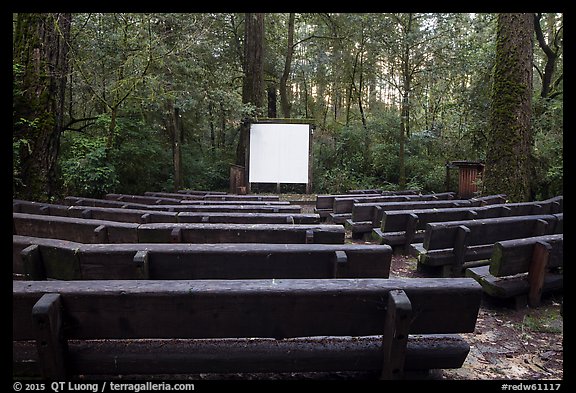New Series: “The Theater”
No Comments
In the context of my project America’s Best Idea, I’ve started a new series called The Theater, which is still in its early phase compared to the other series in the project such as The Visitor and the series linked within.
The National Park Service Organic Act of 1916 states two goals: to conserve the natural scenery and to provide for its enjoyment by the public. Although they appear untouched, most of the national parks have been made easy to access. The promising “national park” designation lured me to places that I might have ignored. I wondered how parklands influence our understanding and appreciation of the natural world around us.
Collaborating with Ken Burns and Dayton Duncan on their film, I gained awareness of the significance of the national parks as an idea. Paintings and photographs played an instrumental role in their development. The interaction between real and image continues to frame our perception of nature in the parks. Many iconic photographs, depicting them as wilderness without man-made intrusions, celebrate the landscapes protected by the National Park Service. I rarely came to a park without some of those images in mind.
Although they are the most material embodiment of the National Park Service’s work, far fewer photographs depict structures such as visitor centers, designated overlooks, campground amphitheaters with educational programs, and roads engineered to create a scenic experience accessible to everyone. But the parks are more than wilderness protected, they are a construct. Although visitors remember the scenery, it is the interplay between the man-made and the natural that defines their park experience. The reassuringly familiar structures carry an educational and interpretive purpose that direct the way we look at nature.







